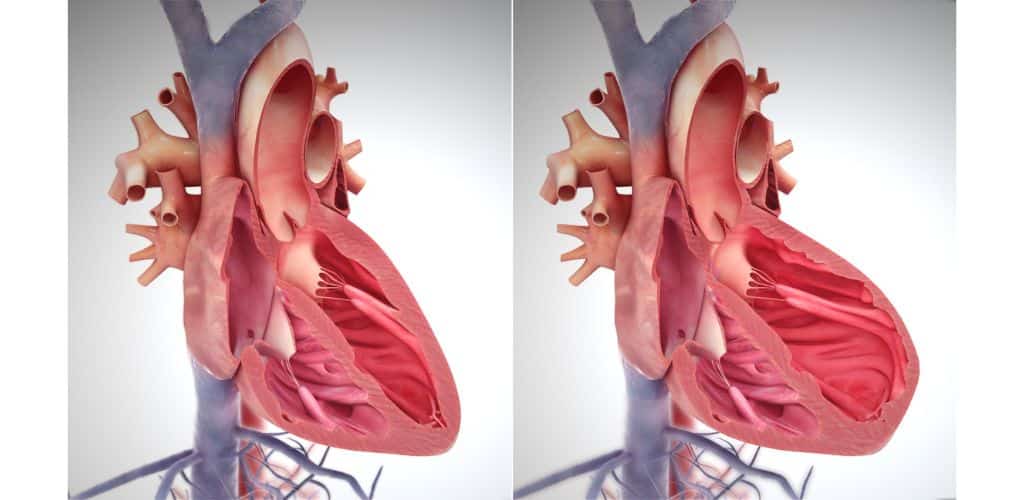The Federal Circuit has issued a precedential decision reversing a lower court’s decision that certain claims of Novartis’s patent for the heart drug Entresto were invalid due to lack of written description.
In 2015, Food and Drug Administration (FDA) approved the New Drug Application (NDA) for a combination therapy Novartis sells under the brand name Entresto which includes valsartan and sacubitril in a specific form known as a “complex.” This combines the two drugs into a single unit-dose-form through weak, noncovalent bonds.
Entresto is used to treat heart failure and has been highly successful. In 2023, sales of Entresto in the United States were more than $3 billion.
Entresto is protected by several patents, including the ’659 patent, which expired on January 15, 2025.
In 2019, MSN and other generic drug manufacturers, submitted an Abbreviated New Drug Application (ANDA) seeking FDA approval to sell a generic version of Entresto.
Novartis sued MSN and the other generic manufacturers, alleging that the filing of the ANDA infringed claims 1–4 of the ’659 patent.
The district court agreed with Novartis that the single term of the ‘659 patent under dispute—i.e., “wherein said [valsartan and sacubitril] are administered in combination” —should be given its plain and ordinary meaning.
MSN argued that the plain and ordinary meaning of the term “would render the claims invalid for lack of written description and enablement because the specification nowhere describes such complexes.” The district court found that there was “no basis to believe that the construction [the court] adopt[ed was] necessarily consigning the asserted claims to a judgment of invalidity.”
MSN stipulated to infringement of the patent claims based on this claim construction and the case went to trial.
At trial, MSN argued that the patent was obvious, based on two theories. The court was not persuaded.
However, the district did agree with MSN that the patent claims lacked written description.
As the US Patent and Trademark Office (USPTO) explains,
To satisfy the written description requirement, a patent specification must describe the claimed invention in sufficient detail that one skilled in the art can reasonably conclude that the inventor had possession of the claimed invention.
The issue on appeal was whether the ’659 patent describes what is claimed: a pharmaceutical composition comprising valsartan and sacubitril administered “in combination.”
The Federal Circuit noted that “[b]ecause the ’659 patent does not claim valsartan-sacubitril complexes, those complexes need not have been described.”
The court added:
Recall that, at claim construction, MSN sought—as accused infringers often do—a construction that would exclude from infringement the accused product: a valsartan-sacubitril complex. The court ultimately rejected MSN’s proposed construction because the ’659 patent “is silent on whether sacubitril and valsartan must be separate (and not complexed).” … The term was therefore given its plain and ordinary meaning: “wherein said [valsartan and sacubitril] are administered in combination.”
The patent’s lack of description for a complexed form of valsartan and sacubitril didn’t affect the validity of the patent, according to the Federal Circuit, because
That complex—not discovered until four years after the priority date of the ’659 patent—is not what is claimed. By stating that the claims were “construed to cover complexes of valsartan and sacubitril,” the district court erroneously conflated the distinct issues of patentability and infringement, which led it astray in evaluating written description.
The result of the decision, as Reuters reports, is that Novartis can block the launch of the generic version of Entresto in the US, at least temporarily, while the court considers Novartis’s request for a longer ban on the generic version.
Just like the haiku above, we like to keep our posts short and sweet. Hopefully, you found this bite-sized information helpful. If you would like more information, please do not hesitate to contact us here.


